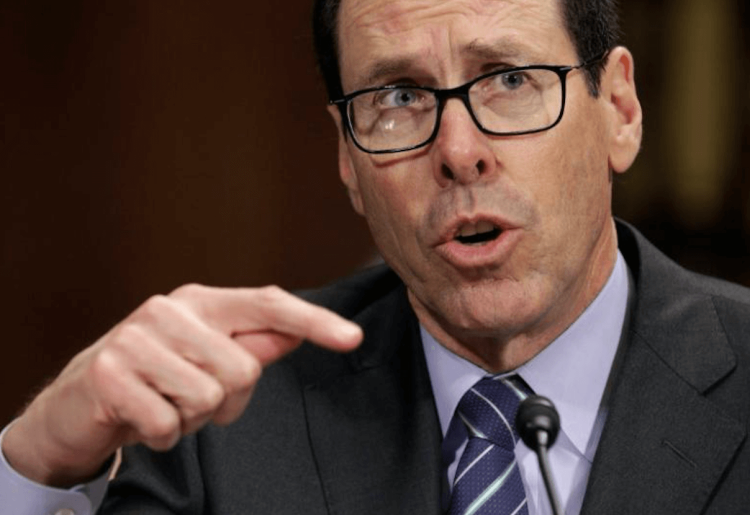For most mobile carriers around the world, building a 5G network is going to be crushingly expensive, but AT&T has a cost-efficient plan: Use a $6.5 billion U.S. contract to upgrade cell towers with hardware for a national emergency first responder network, then upgrade the software to add 5G support. AT&T hinted at the idea earlier this year, but FierceWireless notes that CEO Randall Stephenson used an investor’s conference today to confirm the company’s intentions.
“To build out this FirstNet capability, this first responder network, we have to go climb every cell tower. Literally, we have to go touch every cell tower over the next couple of years,” said Stephenson. “We’ll be equipping every single cell site for 5G such that when 5G is ready to go, when it’s ready for prime time, our turn-up of 5G is a software load, it’s a software upgrade.”
Stephenson’s comments suggest that AT&T could light up a large-scale, perhaps national 5G network at some point in 2019 with the flip of a switch. Thus far, the carrier has promised to launch initial mobile 5G services in 12 cities by the end of this year.
While the plan might sound like a trick to turn public dollars into a subsidy for AT&T’s 5G network, the reality is more complex. Consumers perceive mobile network upgrades as performance improvements on their devices — faster speeds, fewer dropped calls, and sometimes better battery life. But actually achieving those improvements requires carriers to place new hardware on their towers, a process that requires updated components, regulatory approvals, and ultimately people to actually climb each tower for the physical installation process.
June 5th: The AI Audit in NYC
Join us next week in NYC to engage with top executive leaders, delving into strategies for auditing AI models to ensure fairness, optimal performance, and ethical compliance across diverse organizations. Secure your attendance for this exclusive invite-only event.
Using a single modern piece of hardware to achieve both FirstNet and 5G goals makes sense. And it’s especially smart given that getting local approval to update towers for improved police, fire, and emergency medical services could be a lot easier than convincing the same people to allow tower upgrades for faster smartphone speeds.
It’s also worth noting that AT&T’s 25-year investment in FirstNet is expected to dwarf the initial U.S. contribution. The U.S. Department of Commerce has said that the carrier will use an estimated $40 billion of its own funds on FirstNet, in addition to providing access to its existing $180 billion telecommunications network.
AT&T is already updating towers with 5G-compatible hardware and expects to complete over half of its FirstNet build-out by next year. CFO John Stephens also told investors that the company will have built FirstNet and 5G network-supporting fiber to around 14 million locations within the next 12 months, after which the company expects that it will be past its heaviest network spending period.
All of the major U.S. carriers are working on 5G networks, with plans to offer some sort of national-class coverage in 2019. In the interim, so-called 4.5G network enhancements will provide performance improvements on some existing devices, as chip and device makers ready 5G-specific consumer hardware. The new devices are expected to offer radical improvements in bandwidth, latency, and security, enabling everything from real-time streaming of high-definition virtual reality content to autonomous, remotely coordinated vehicles.

